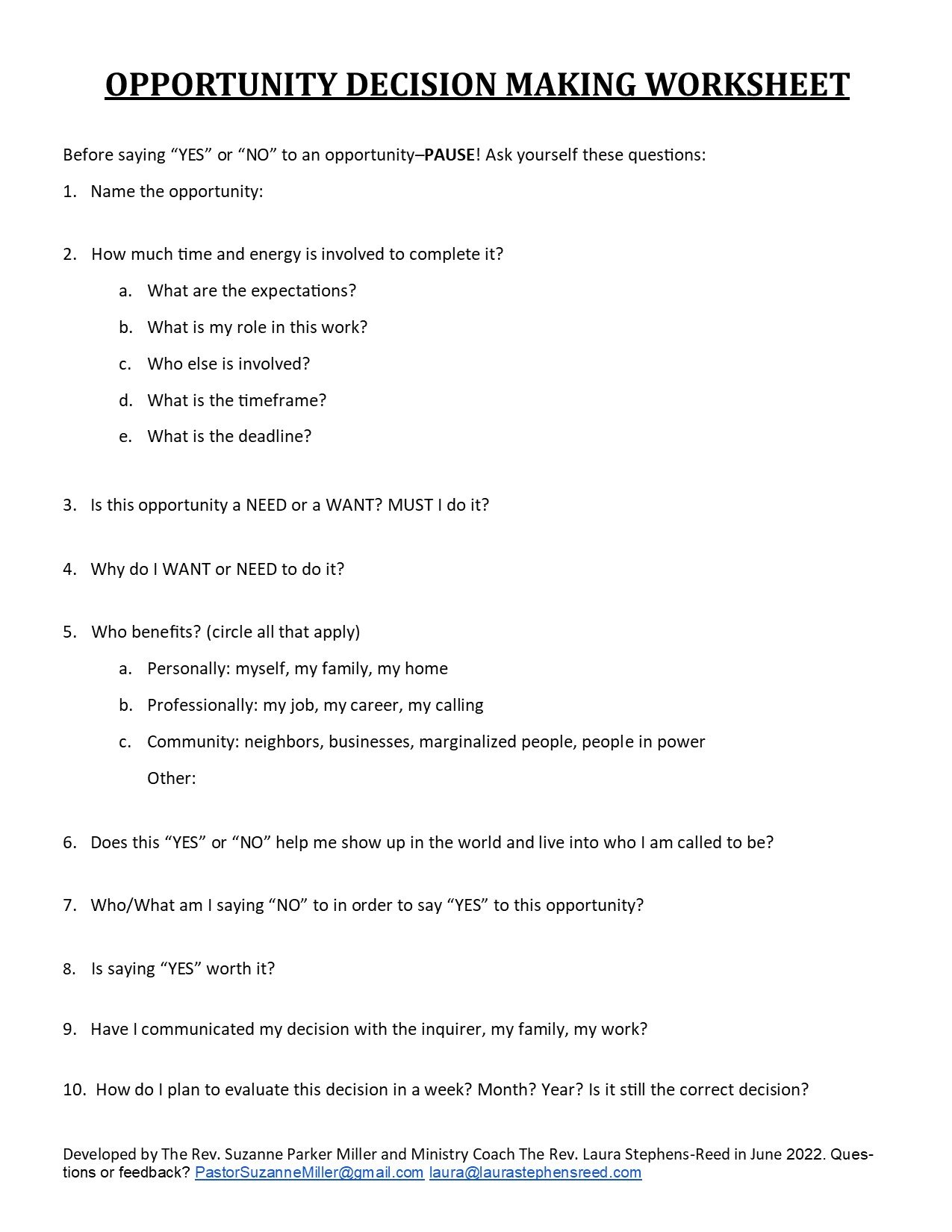Artificial intelligence is here, and someday the robots might come for us just as Sam Waterston warned. In the meantime, we need to figure out what AI can do and shouldn’t do for us.
This is true in the church world as well, so on a lark, I randomly chose an AI generator from a web search. This particular site produces mission and vision statements for a range of industries. All I had to type in was “church,” then choose a tone (inspirational), then select “generate.” Here’s what came back:
Vision:
To create a welcoming and inclusive community where individuals can find hope, inspiration, and spiritual growth, empowering them to make a positive impact in the world.
Mission:
Our mission is to spread love, compassion, and faith by providing a place of worship, guidance, and support for all individuals seeking spiritual fulfillment. Through inspirational teachings, uplifting music, and meaningful connections, we aim to inspire and empower our congregation to live a life of purpose, kindness, and service to others. Together, we strive to create a world filled with love, peace, and harmony, guided by the teachings of Jesus Christ.
It’s truth-telling time. How different do these statements sound from your church’s mission and vision statements? Probably not much. Most guiding statements tend to be aspirational and vague. And that’s why I’m becoming more convinced that they are not the most helpful touchstones for congregations. Leaders expend vast amounts of energy and time (and sometimes big money on a consultant) coming up with a vision and mission…and then the robots instantly manufacture something almost as good. This is one way AI is useful: it’s telling us we’re not putting our resources into efforts with the biggest impact.
Here’s what I’d like to see churches work toward instead:
A helpful story of our congregation. A church can have many narratives about how it arrived at the present moment, and they all might ring true to varying degrees. Not all of them will be useful in terms of seeing the congregation as part of Christ’s body and God’s ongoing work in the world, though. Often we need to be more thoughtful about how we understand and share about our church.
Core values. These can be lived or aspirational, as long as there is clarity about which is which. Brene Brown’s values exercise is a useful one for both individuals and organizations. Naming a church’s story can also illuminate what it is about. What are our non-negotiable commitments that without them, we wouldn’t be us? What ways of being are we trying to incarnate with God’s help?
Seasonal plans based on these values. Covid obliterated what little confidence I had left in 5-10 year strategic planning. Churches need to be more nimble and responsive. (Exceptions include such initiatives as capital campaigns. These too, though, must be deeply rooted in values.) What is God inviting our congregation’s focus to be for the next 6-18 months?
Another kind of AI: appreciative inquiry. Congregations and their surrounding communities are full of individual and collective blessings from God, some tapped and others untapped, that could be put to very positive use in the name of living out values and focus. These gifts change as people come and go and as circumstances change, so they need to be inventoried on an ongoing basis.
Means to assess whether the congregation is being faithful to its core values. This is everything from whole-ministry assessments to individual event debriefs to mutual ministry reviews with staff. How are we stewarding our gifts well in service to the nudges from God we’ve discerned? What adjustments do we need to make?
A congregational covenant. We are people of relationship, because our Trinitarian God embodies connection and also seeks kinship with us. How we interact with one another needs to reflect this, but as mere mortals we benefit from reminders of what healthy bonds look like. We can name and agree to intentional behaviors and attitudes, then establish regular opportunities to recommit to them.
All of these tools are more practical and customized than mission and vision statements, and we shouldn’t trust them to artificial intelligence. Consider how you might stock your congregation’s toolkit with them.
Photo by Mohamed Nohassi on Unsplash.
Note: the blog is moving to Substack! I will cross-post articles here and there in September, then post only on Substack from October onward. You can find me here on Substack.











